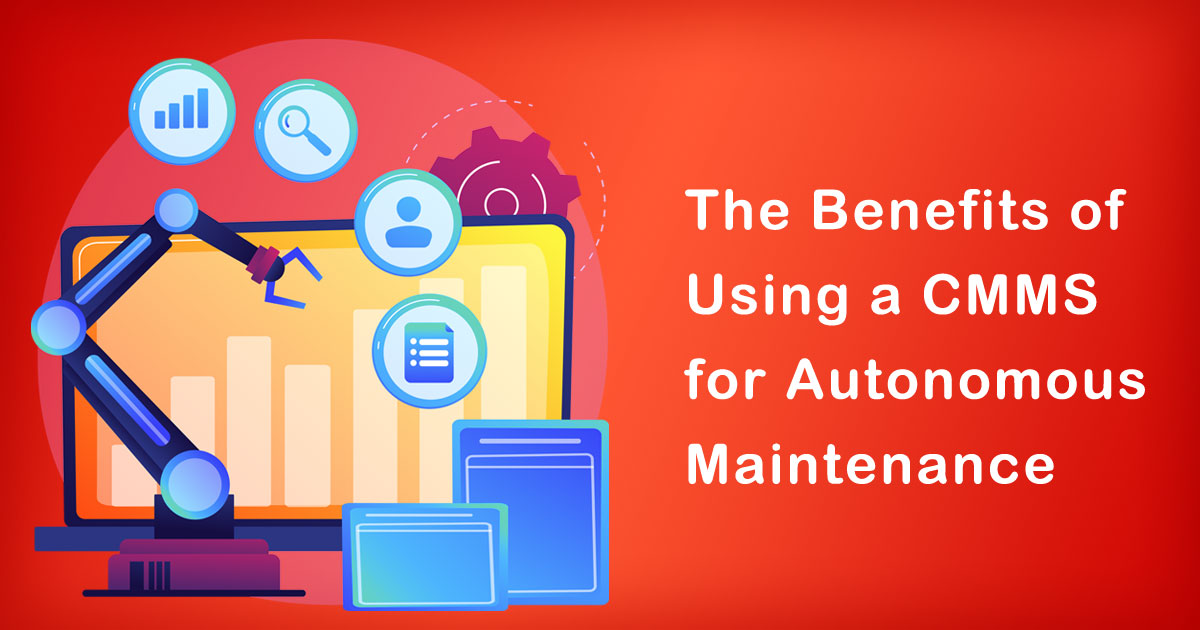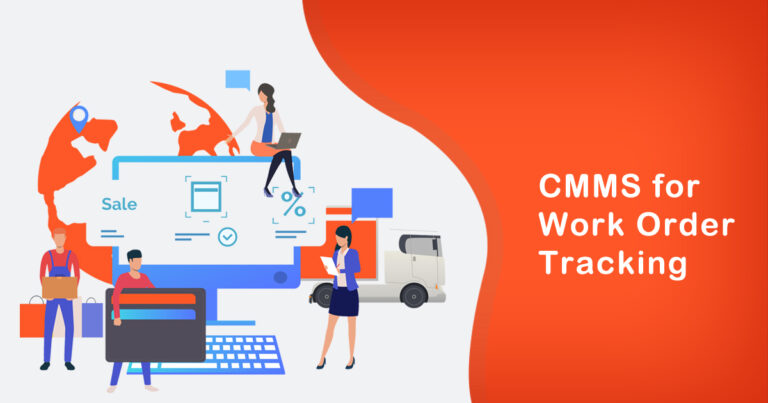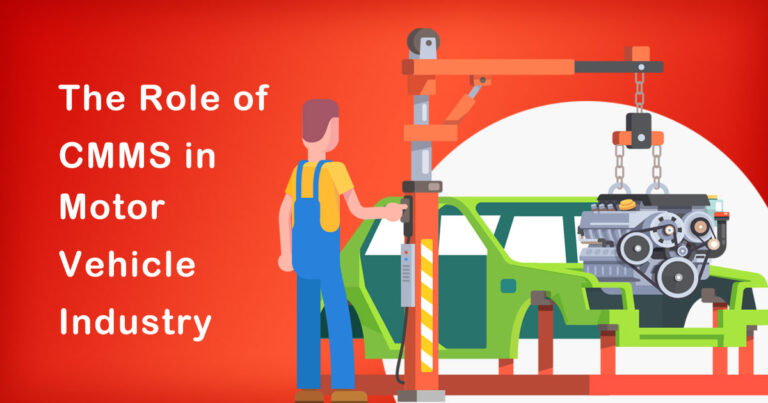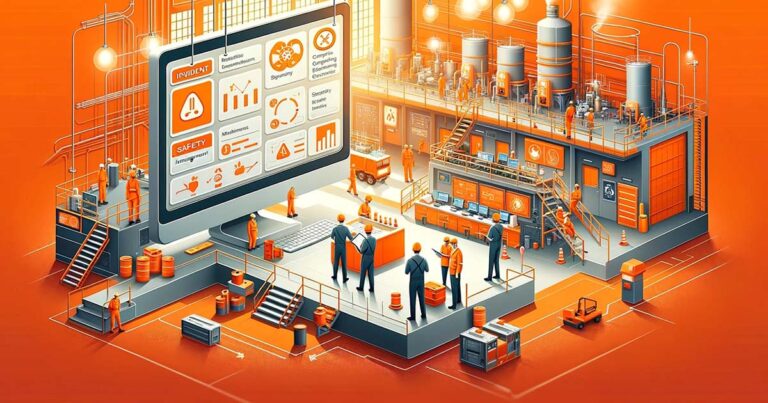Introduction:
In today’s fast-paced industrial landscape, maintenance management plays a critical role in ensuring the smooth operation of equipment and facilities. The traditional approach to maintenance involves reactive strategies and manual record-keeping, which often leads to inefficiencies, increased downtime, and higher costs. However, the emergence of Computerized Maintenance Management Systems (CMMS) has revolutionized the way maintenance is performed, particularly when combined with autonomous maintenance practices. In this blog, we will explore the benefits of using a CMMS for autonomous maintenance in the context of India.
1. Enhanced Equipment Reliability and Performance:
One of the primary benefits of utilizing a CMMS for autonomous maintenance is the improvement in equipment reliability and performance. By implementing an autonomous maintenance strategy, organizations empower their frontline operators to take ownership of routine maintenance tasks. These operators become the first line of defense against equipment failure and are responsible for detecting abnormalities, conducting routine inspections, and performing minor maintenance activities.
By integrating a CMMS into the autonomous maintenance process, operators can log maintenance activities, report issues, and track the performance of equipment in real-time. This data-driven approach helps identify recurring problems, enables proactive maintenance planning, and facilitates timely repairs or replacements. As a result, organizations can experience a significant reduction in unexpected breakdowns, extended equipment lifecycles, and enhanced overall equipment effectiveness (OEE).
2. Streamlined Maintenance Workflow:
Implementing a CMMS for autonomous maintenance streamlines the entire maintenance workflow, leading to increased operational efficiency. With a CMMS, maintenance teams can create and manage work orders electronically, eliminating the need for manual paperwork and reducing administrative tasks. This automation frees up valuable time for maintenance personnel to focus on more critical tasks, such as troubleshooting complex issues and executing preventive maintenance activities.
Additionally, a CMMS allows for better resource allocation and scheduling. The system can track the availability and skill sets of maintenance technicians, ensuring the right person is assigned to the appropriate job. Furthermore, CMMS tools enable efficient inventory management by keeping track of spare parts, reducing inventory carrying costs, and ensuring the availability of necessary components when required. These streamlined processes lead to faster response times, reduced downtime, and increased productivity.
3. Accurate Data Tracking and Reporting:
Accurate data tracking and reporting are crucial for effective maintenance management. A CMMS provides a centralized platform for capturing, organizing, and analyzing maintenance-related data, enabling better decision-making. By recording maintenance activities, including the type of work performed, materials used, and time taken, organizations can gain valuable insights into equipment performance and maintenance costs.
In the Indian context, where maintenance budgets are often limited, leveraging a CMMS for autonomous maintenance helps optimize spending by identifying areas for improvement. It enables organizations to prioritize critical maintenance tasks, allocate resources effectively, and justify maintenance budgets based on data-driven reports. Moreover, the availability of historical data helps identify trends and patterns, facilitating predictive maintenance strategies and reducing unplanned downtime.
4. Compliance with Regulatory Standards:
For many industries in India, compliance with regulatory standards and norms is a significant concern. Failure to meet these requirements can result in penalties, legal consequences, and reputational damage. A CMMS can play a crucial role in ensuring compliance by maintaining comprehensive records of maintenance activities, safety inspections, and audits.
By utilizing a CMMS for autonomous maintenance, organizations can streamline the process of documenting and verifying compliance-related tasks. The system can generate automated reports, schedule routine inspections, and send notifications for upcoming audits or equipment certifications. This proactive approach ensures that organizations meet regulatory standards, avoid penalties, and create a safer working environment for their employees.
Conclusion:
Incorporating a CMMS into the practice of autonomous maintenance brings numerous benefits for organizations in the Indian context. Enhanced equipment reliability, streamlined maintenance workflows, accurate data tracking, and compliance with regulatory standards are just a few advantages of adopting this integrated approach. As industries continue to evolve and strive for operational excellence, leveraging a CMMS for autonomous maintenance becomes a key differentiator in achieving efficiency, reducing costs, and maximizing overall equipment performance.








